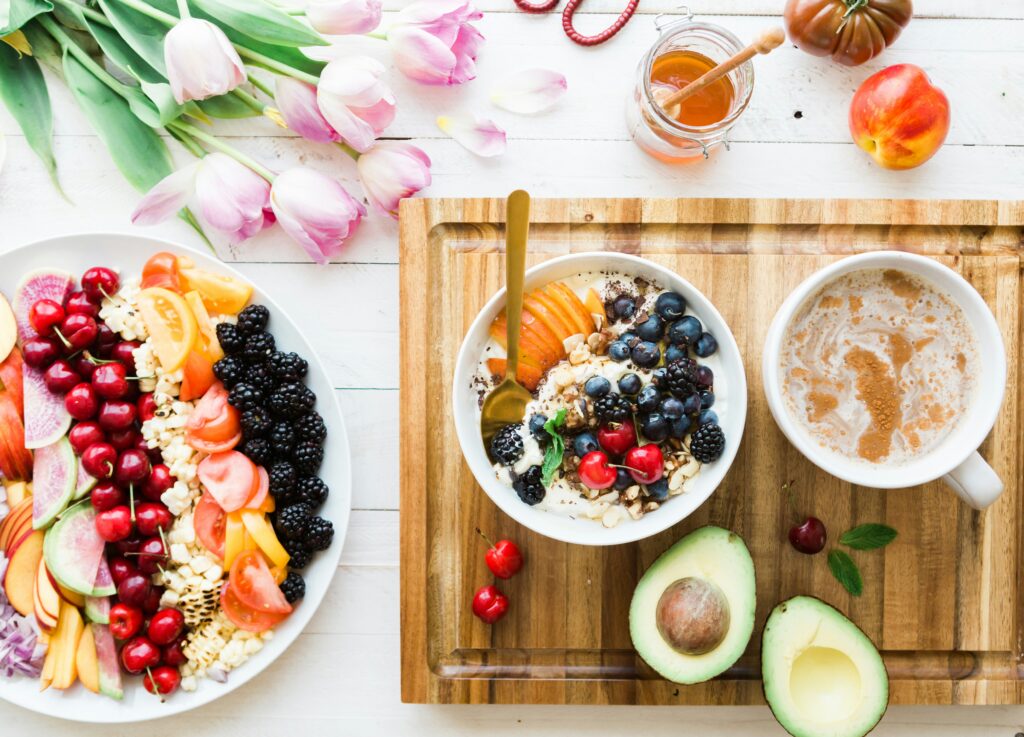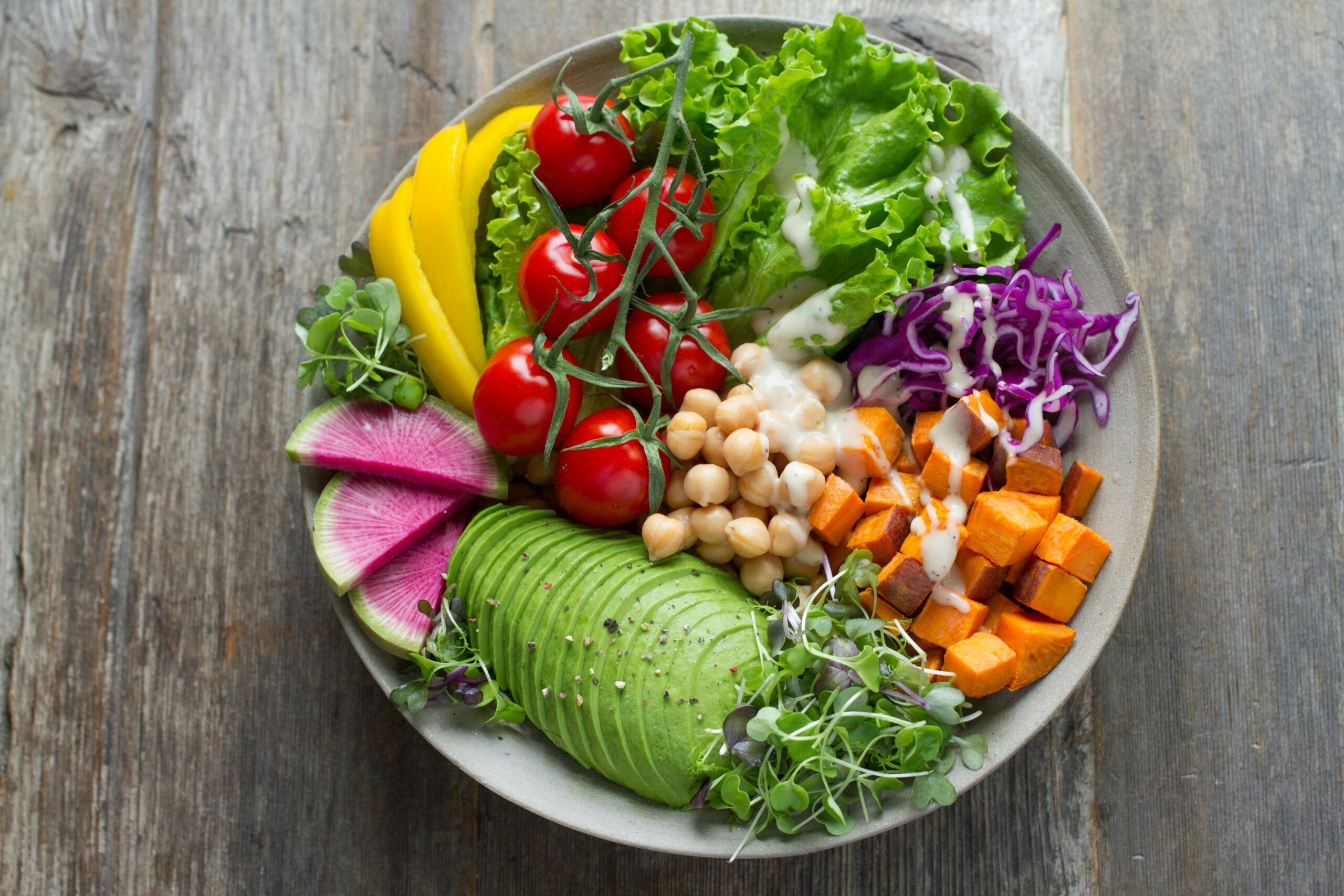In today’s fast-paced world, achieving long-term health and wellness requires more than just an occasional workout or a short-term diet. The real key lies in adopting a sustainable approach to fitness and nutrition that promotes overall wellbeing. Physical fitness and balanced nutrition are deeply intertwined, working together to enhance not only our physical health but also our mental, emotional, and even social wellness.
This article will explore the powerful connection between fitness and nutrition, offering practical advice on exercise routines, diet plans, and habits that can help you build a healthy lifestyle for the long haul.
The Connection Between Fitness and Nutrition
The relationship between fitness and nutrition is like the perfect partnership. Exercise helps strengthen your muscles, improve cardiovascular health, and boost energy levels, while nutrition provides the fuel your body needs to perform at its best. When combined, they create a synergy that promotes optimal health.
Why Fitness Alone Is Not Enough
Exercise is vital for maintaining a healthy weight, building muscle, and keeping your heart strong, but without proper nutrition, even the most dedicated fitness routine can fall short. If your body isn’t getting the right nutrients, you may feel fatigued, recover slowly from workouts, or even experience nutrient deficiencies. Moreover, poor nutrition can hinder progress, making it difficult to achieve your fitness goals.

How Nutrition Supports Fitness
Proper nutrition plays an essential role in fueling your workouts, aiding muscle recovery, and promoting overall health. The food you eat supplies the vitamins, minerals, and macronutrients (carbohydrates, protein, and fat) your body needs to perform well during exercise and recover afterward. For example, consuming a balance of carbohydrates and protein before and after workouts helps improve performance, maintain energy levels, and repair muscle tissue.
By aligning your fitness routine with a balanced, nutrient-dense diet, you can create the foundation for lasting health and wellness.
Building an Effective Fitness Routine
Creating a sustainable fitness routine involves finding a balance between different types of exercise that address various aspects of physical health, including strength, cardiovascular fitness, flexibility, and endurance. Below are key components to include in your fitness plan:
1. Strength Training: Building Muscle and Supporting Metabolism
Strength training (also known as resistance training) is essential for building lean muscle mass, which not only improves your physical appearance but also supports metabolism. As you gain muscle, your body burns more calories at rest, which can help with weight management. Strength training also strengthens bones and joints, reducing the risk of injury.
- Examples of Strength Training Exercises: Squats, deadlifts, lunges, push-ups, pull-ups, and weightlifting.
- Frequency: Aim for strength training exercises 2-3 times per week, targeting different muscle groups.
2. Cardiovascular Exercise: Boosting Heart Health and Stamina
Cardiovascular (or aerobic) exercise strengthens the heart and lungs, improves circulation, and helps burn calories. Regular cardio also boosts stamina and endurance, making it easier to engage in everyday activities without feeling fatigued.
- Examples of Cardiovascular Exercises: Running, cycling, swimming, dancing, brisk walking, and HIIT (high-intensity interval training).
- Frequency: Aim for at least 150 minutes of moderate-intensity cardio or 75 minutes of vigorous-intensity cardio each week, as recommended by health organizations.

3. Flexibility and Mobility Training: Enhancing Range of Motion
Flexibility and mobility exercises, such as stretching and yoga, are important for maintaining a full range of motion in your joints, improving posture, and reducing muscle stiffness. These exercises can also aid in recovery and prevent injuries, especially after strength training or cardio workouts.
- Examples of Flexibility and Mobility Exercises: Static stretching, dynamic stretching, yoga, and Pilates.
- Frequency: Include flexibility or mobility training in your routine 2-3 times per week, or incorporate it as part of your warm-up and cool-down during other workouts.
4. Rest and Recovery: Allowing Your Body to Heal
Rest is just as important as exercise when it comes to building a healthy body. Without adequate recovery time, muscles can become overworked, leading to fatigue, burnout, or injury. Make sure to include rest days in your fitness routine to allow your body to heal and recharge.
- Active Recovery Options: Gentle activities like walking, swimming, or yoga can promote blood flow and help with muscle recovery on rest days.
Crafting a Balanced Nutrition Plan
Nutrition is the fuel that powers your body. To support a healthy lifestyle, it’s important to focus on balanced, nutrient-dense foods that nourish your body from the inside out. Below are the key components of a balanced diet:
1. Macronutrients: Carbohydrates, Proteins, and Fats
- Carbohydrates: Carbohydrates are the body’s primary energy source. Choose complex carbohydrates like whole grains, fruits, and vegetables that provide sustained energy and fiber.
- Proteins: Protein is essential for muscle repair and growth. Include lean protein sources such as chicken, fish, tofu, legumes, and eggs in your diet.
- Fats: Healthy fats support brain health, hormone production, and energy. Incorporate sources of healthy fats like avocados, nuts, seeds, and olive oil into your meals.

2. Micronutrients: Vitamins and Minerals
Vitamins and minerals are essential for various bodily functions, from supporting immune health to aiding in energy production. To ensure you’re getting a wide range of micronutrients, eat a colorful variety of fruits and vegetables, along with whole grains, lean proteins, and healthy fats.
- Examples of Nutrient-Rich Foods: Leafy greens (spinach, kale), berries, citrus fruits, nuts, seeds, whole grains (quinoa, brown rice), lean meats, and fish.
3. Hydration: The Often Overlooked Essential
Staying hydrated is crucial for overall health, as water plays a key role in digestion, temperature regulation, and muscle function. Dehydration can lead to fatigue, reduced exercise performance, and even cognitive decline. Make sure to drink plenty of water throughout the day, especially before, during, and after exercise.
- Daily Water Intake: A general recommendation is to aim for 8 cups (64 ounces) of water per day, though this amount may vary depending on your activity level, climate, and individual needs.

Tailored Nutrition for Fitness Goals
Depending on your fitness goals—whether it’s weight loss, muscle gain, or general wellbeing—your nutrition plan may vary slightly.
- For Weight Loss: Focus on a calorie deficit by consuming nutrient-dense, lower-calorie foods, such as vegetables, lean proteins, and whole grains. Avoid processed foods high in sugar and unhealthy fats, and ensure you’re eating enough to maintain energy for workouts.
- For Muscle Gain: Focus on consuming enough protein to support muscle growth, as well as healthy carbohydrates and fats to provide the energy needed for strength training. Eating a slight calorie surplus can help support muscle building.
Long-Term Health Benefits of Fitness and Nutrition
By integrating regular physical activity and balanced nutrition into your daily life, you can experience numerous long-term health benefits, including:
- Improved Heart Health: Regular exercise and a heart-healthy diet can lower blood pressure, reduce bad cholesterol levels, and decrease the risk of heart disease.
- Enhanced Mental Health: Exercise releases endorphins, which boost mood and reduce stress. A well-balanced diet rich in omega-3 fatty acids, antioxidants, and vitamins also supports brain health and reduces the risk of depression and anxiety.
- Better Weight Management: Maintaining a consistent fitness routine and a balanced diet helps regulate metabolism and manage body weight.
- Increased Longevity: Studies show that a healthy lifestyle can increase life expectancy and improve the quality of life as you age, reducing the risk of chronic diseases like diabetes, heart disease, and cancer.

Conclusion: Building a Lifestyle for Long-Term Wellbeing
The power of fitness and nutrition lies in their ability to create a strong foundation for long-term health. By focusing on a well-rounded fitness routine that includes strength training, cardiovascular exercise, flexibility, and recovery, alongside a balanced, nutrient-rich diet, you can enjoy lasting benefits for your body, mind, and overall wellbeing.
Remember, building a healthy lifestyle is not about quick fixes or crash diets—it’s about creating sustainable habits that you can maintain for life. Prioritize consistency, listen to your body, and embrace a balanced approach to fitness and nutrition for a healthier, happier future.











